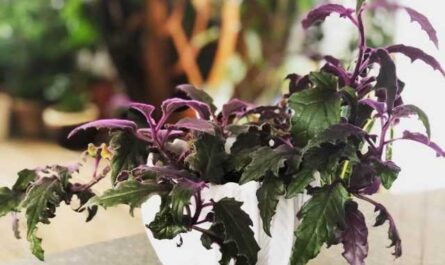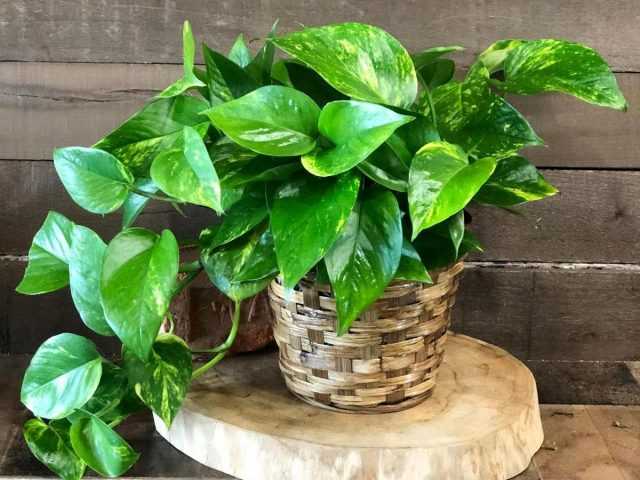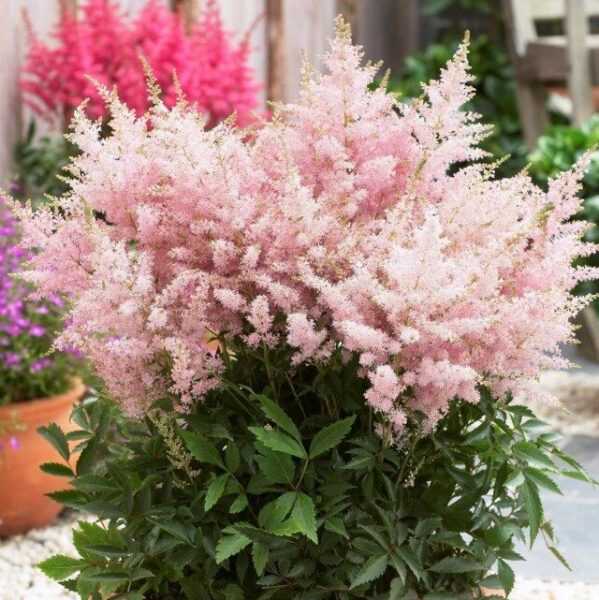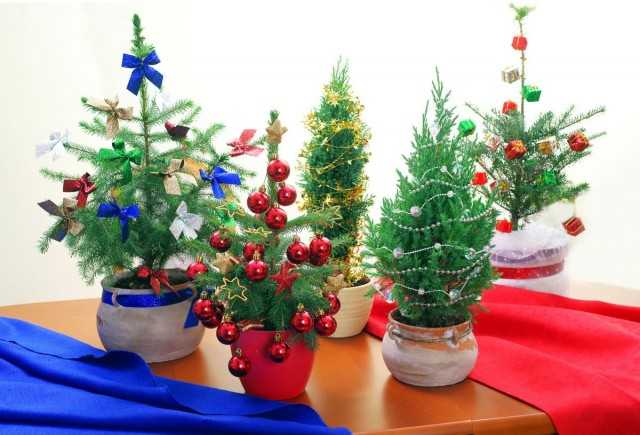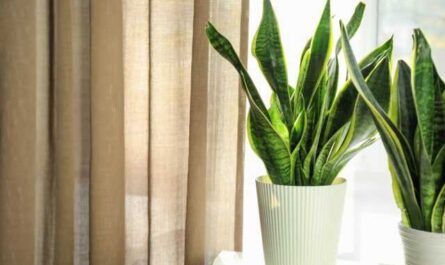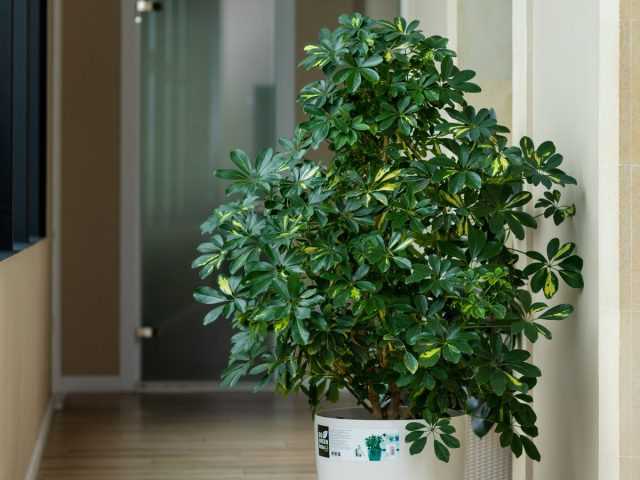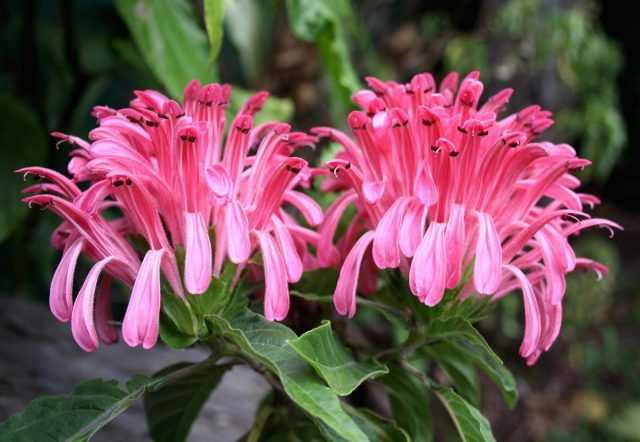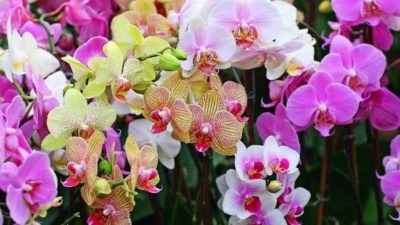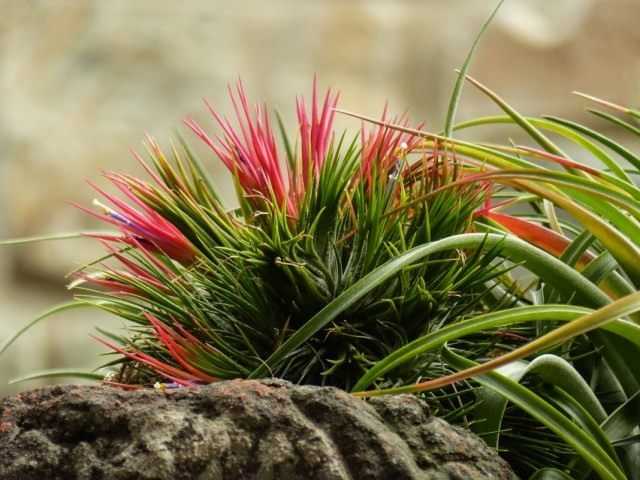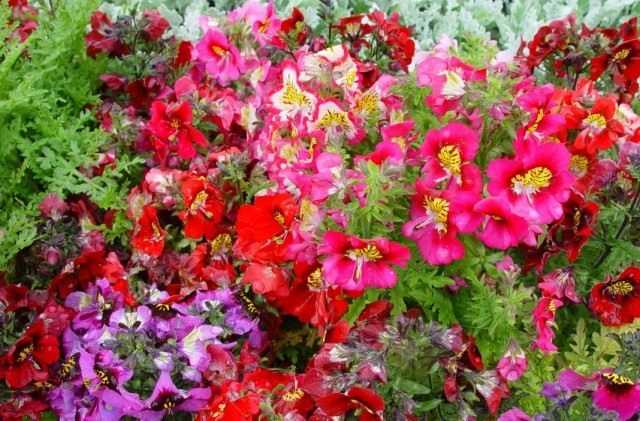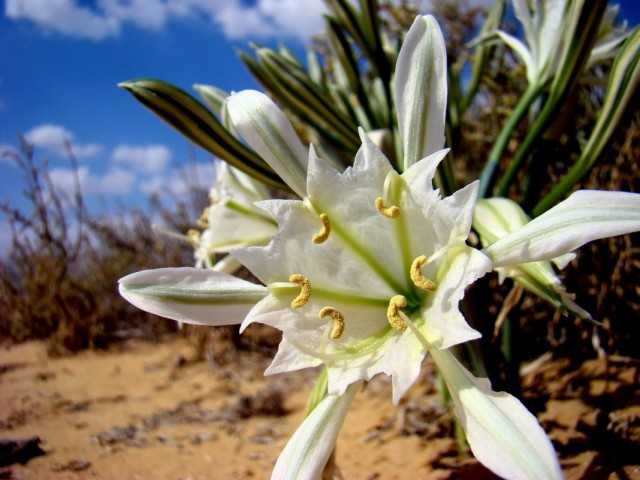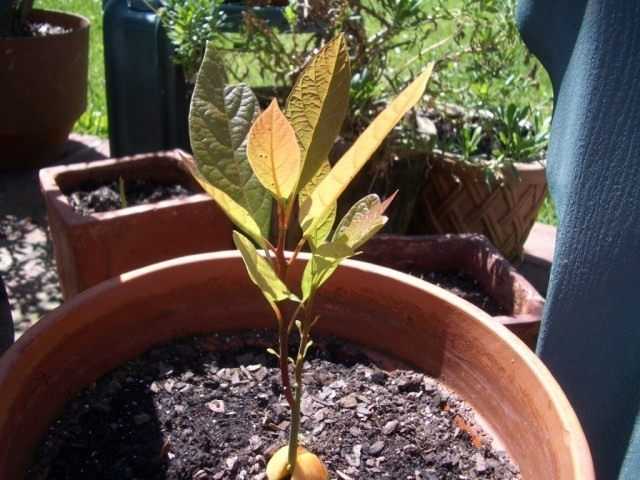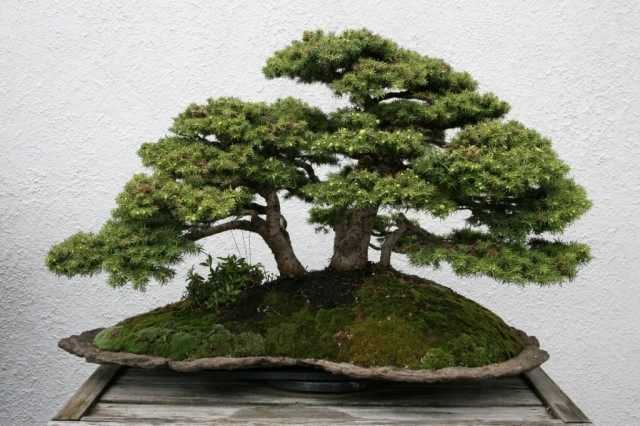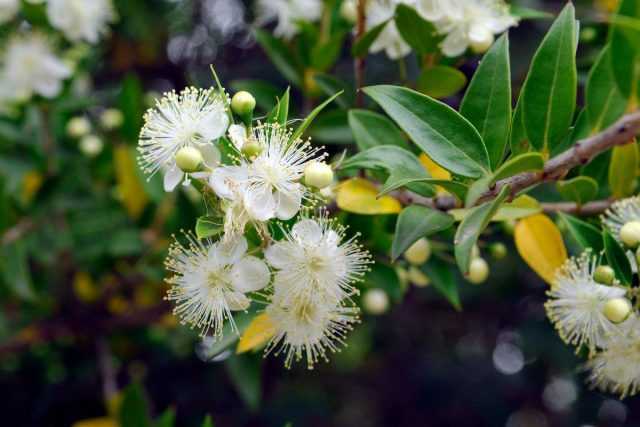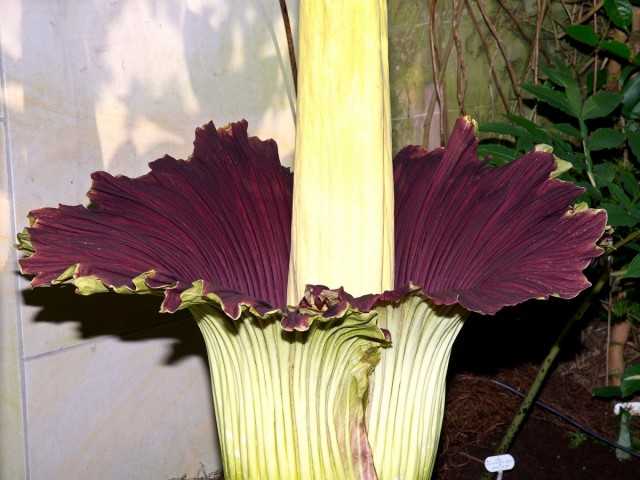All our favorite jeans are made of cotton fabric. The T-shirt and the sheet on the bed were made of the same fabric, but thinner. And the threads from which this fabric was woven were born in a small seed box, inside the fruit of an inconspicuous heat-loving plant – cotton. Green cotton fields, colored in summer with white, cream or pink flowers of plants, can be found in various parts of the world – in Egypt, southern Europe and the United States, India and Uzbekistan. When the petals fall off, the flower turns into a fruit – a green box of seeds.
Opened cotton boll. Farmer Burea-Uinsurance.com Azzurro
The capsule gradually increases in size, dries up and turns brown. All this time, cotton seeds ripen in it, wrapped in soft, delicate hairs (fibers). When the swelling hairs become cramped, they move apart the capsule valves and knock out – the plants are suddenly covered with shreds of fluffy white cotton wool. The plant needs these hairs so that the wind picks up the seeds and spreads them around.
Cotton (Gossypium) Is a genus of plants of the Malvaceae family (Malvaceae), which combines about 50 plant species. Cultivated forms of cotton are grown all over the world. Cotton is a source of plant fiber for the textile industry – cotton.
Contents:
Description of cotton
Plants of the genus Cotton are one- or biennial herbaceous plants up to 1-2 m in height with very branched stems. The root system is pivotal, the root goes into the ground to a depth of 30 cm, in some varieties it reaches three meters.
Cotton leaves are alternate, with long petioles, usually 3-5-lobed.
Cotton flowers are single, numerous, of various colors. The flower consists of a corolla with three to five wide and accrete petals and a double five-toothed green calyx surrounded by a three-lobed envelope, which is many times longer than the calyx. Numerous stamens grow together into a tube.
The fruit of cotton is a capsule, sometimes more round, in other cases oval, 3-5-split, cracking along the valves, with numerous dark-brown seeds inside it, covered on the surface with soft winding hairs – cotton.
There are two types of cotton hairs. They can be long and fluffy or short and fleecy – the so-called lint, cotton fluff. On the seed, depending on the variety and growing conditions, there can be both types of hairs, or only long ones. Wild species have no long hairs. A cotton seed, covered with a dense skin, contains an embryo consisting of a root and two seed lobes.

Cotton harvest and processing
The cotton is harvested in autumn. It is harvested manually or using special cotton pickers. Although hand-picked cotton is considered to be of better quality, it is much cheaper for cotton growers to use machines. A cotton picker moving across the field first winds the fibers onto rotating spindles and then sucks them into a special hopper. The harvested cotton is mixed with the seeds of the plant – it is called raw cotton.
Cleaning of cotton fibers from seeds is carried out at ginneries. Then the cotton is cleaned of dust, packed in bales and sent to spinning factories, where threads (yarn) are produced from the fibers. Now, threads can be used to weave various fabrics, and from fabrics, a variety of textiles can be sewn. Clothes made from cotton fabric are cheap, strong, durable and washable. And most importantly, it is pleasant to wear, because it allows our skin to breathe.
Cotton seeds are also widely used. Cottonseed oil is obtained from them, which is used for the production of margarine, canned food and other products, and the remaining cake is fed to pets. It is also used in other industries.

Growing cotton at home
Indoor conditions are often grown for annual cotton.
Cotton care
Cotton plants prefer warm, sunny and draft-free locations. He tolerates the summer heat quite well, but can die from a drop in temperature: a draft or frost.
Watering cotton, like many other plants, should be done as the earthen clod in the pot dries out. Cotton plants can be fed several times a month with regular flowering fertilizer.
Reproduction of cotton at home
Cotton is propagated by seeds. They are sown early enough, around January or February, while deepening the seeds into the soil by about 1 cm. After that, it is advisable to create a greenhouse for the seedlings, or cover with glass. Cotton is germinated in a bright place at a temperature of +22 ° C to +24 ° C.
The first shoots of cotton appear within a few days. During this period, they need to provide sufficient moisture, but being careful not to damage the delicate stems of the seedlings.
When the plants become cramped, they need to be cut into a larger container. When they reach 10 cm in height, the plants are planted in pots with a diameter of 15 cm. In these pots they will remain until autumn.
Cotton usually blooms 8 weeks after germination.

